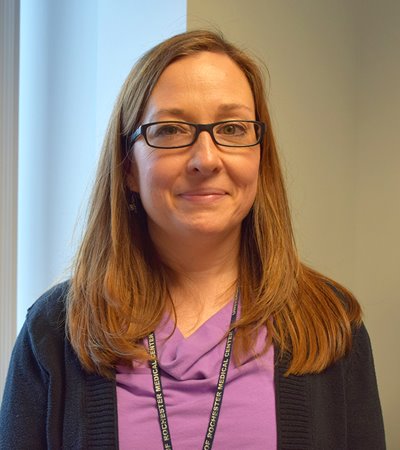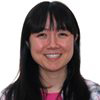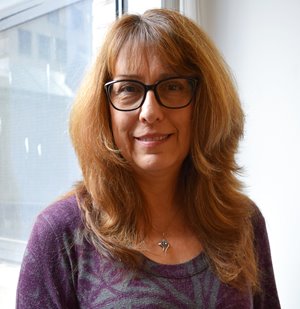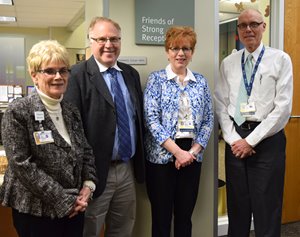URMC Representative Lays the Groundwork for Pathology to Combat Cancer in Haiti
Loralee McMahon was shocked as she asked a Haitian ob-gyn doctor and nurse how surgical specimens were used after an operation.
Pathology Welcomes 2016 Resident Class
The Department of Pathology and Laboratory Medicine is pleased to welcome four new residents in July 2016.
New Grant Funds URMC Research on Effects of Smoking
A University of Rochester researcher will be leading a new study on the effects of smoking tobacco and electronic (e)-cigarettes.
Not Just Cut and Dry: A Day in the Life of a Histologist
Behind many patient diagnoses are a process that starts in the operating room and ends under a microscope.
UR Medicine Labs has a team of histotechnicians (HT) and histotechnologists (HLT), often referred to as "histotechs," who work round the clock to complete the steps leading up to patient diagnoses for cancer and other diseases.
Friends of Strong donates $110K to Pathology
This year, the Department of Pathology and Lab Medicine is benefiting from donations provided by Friends of Strong, a volunteer organization that supports Strong Memorial Hospital through fundraising.





